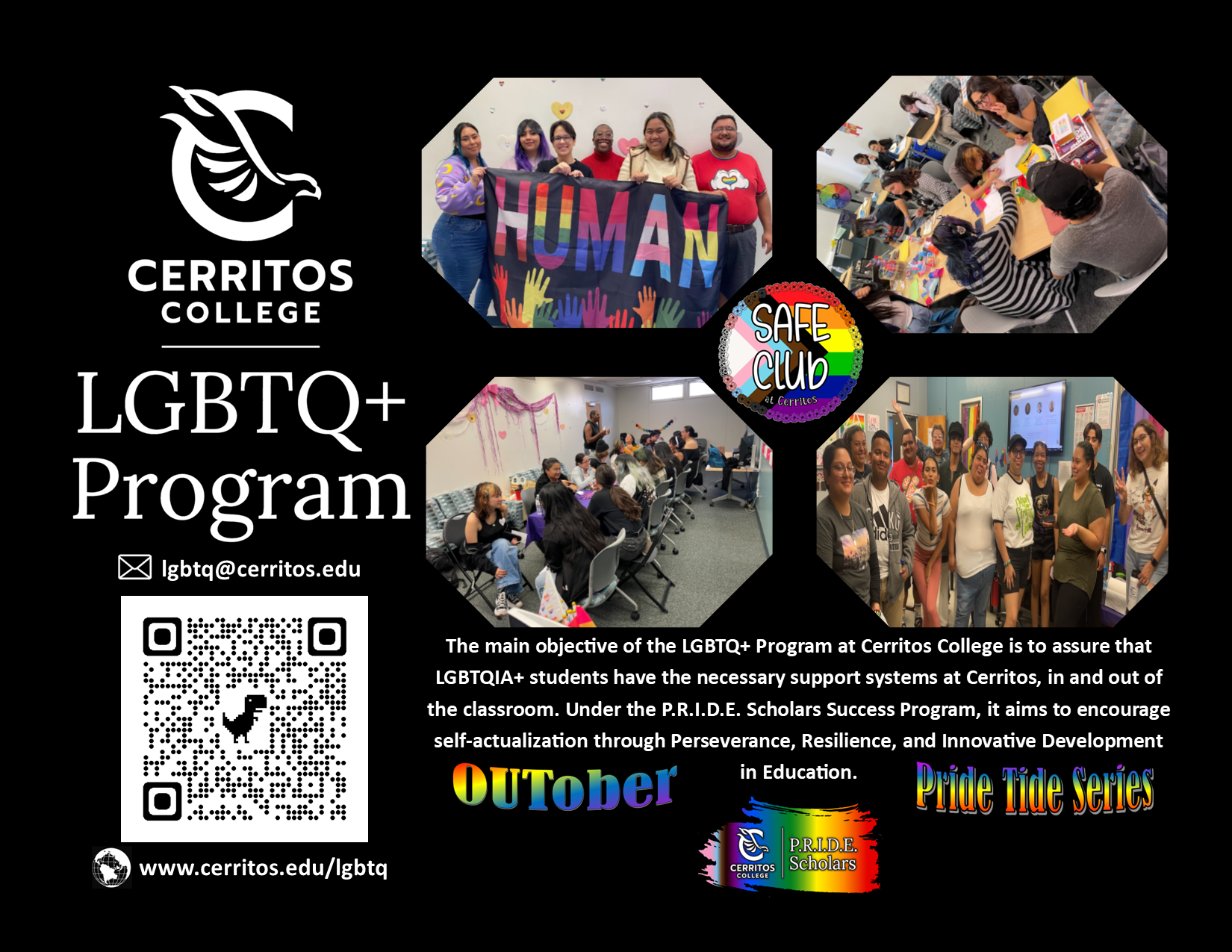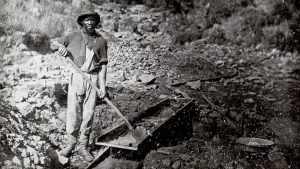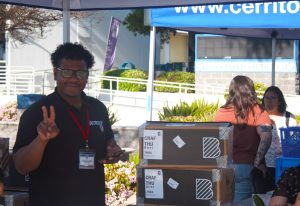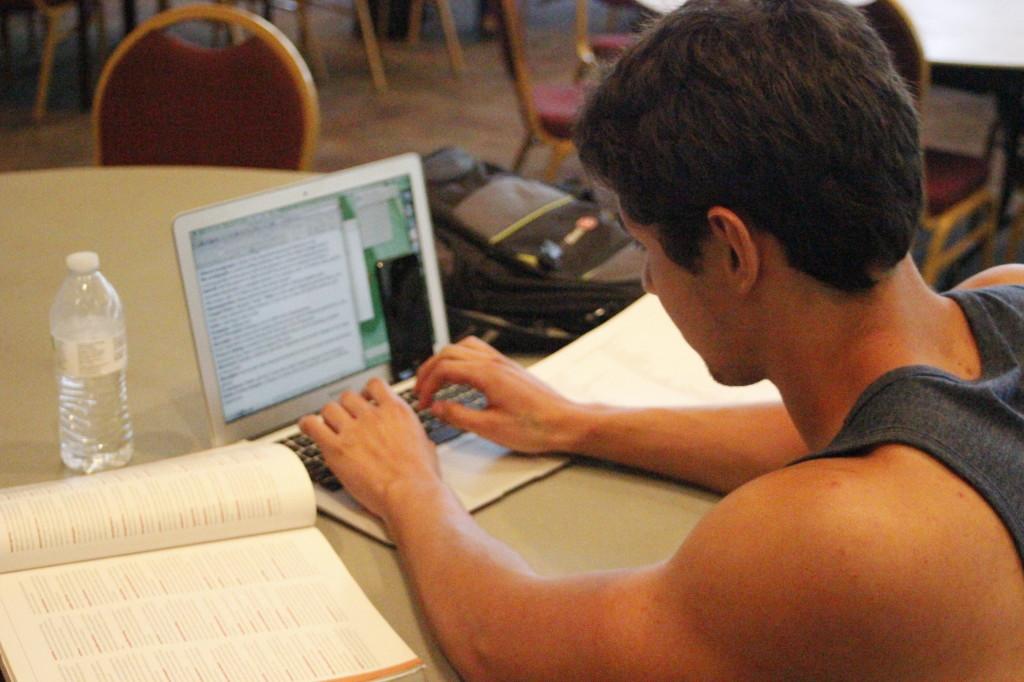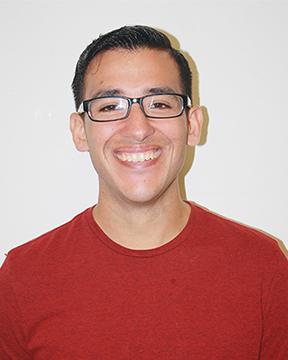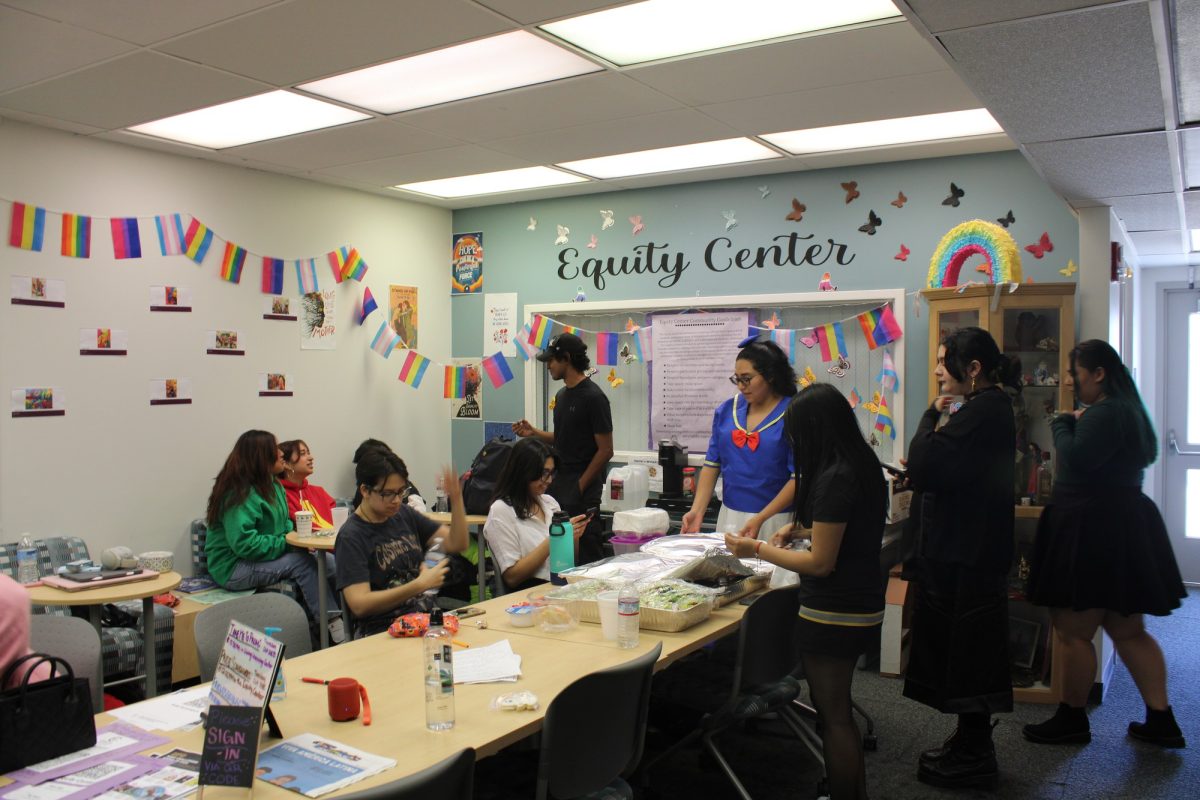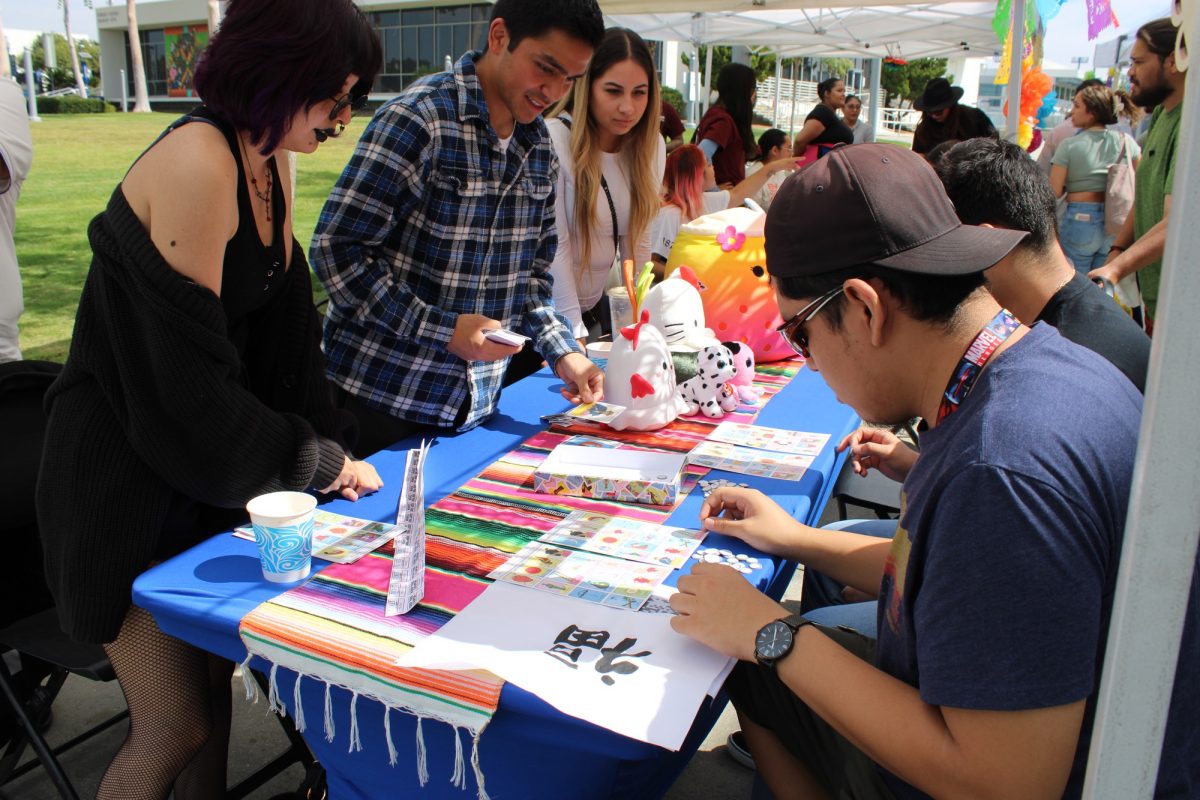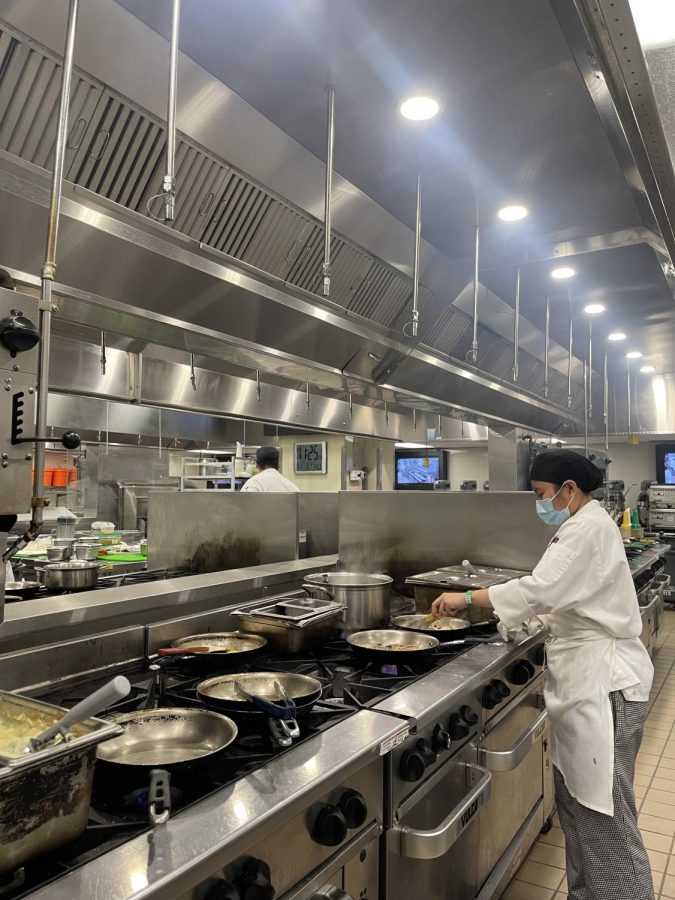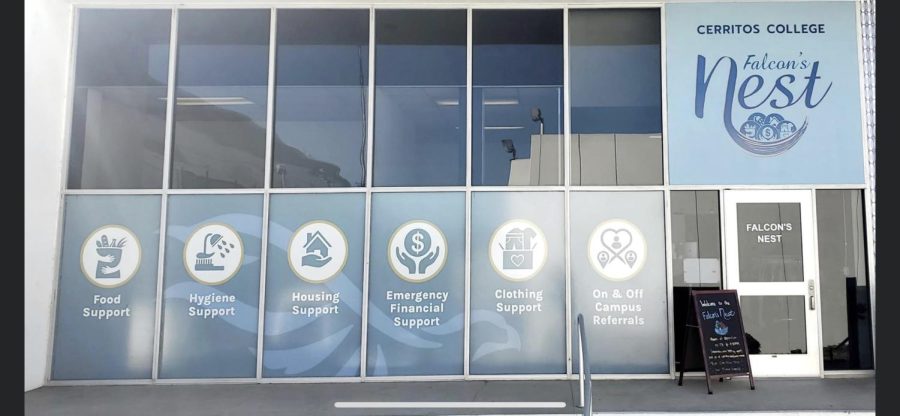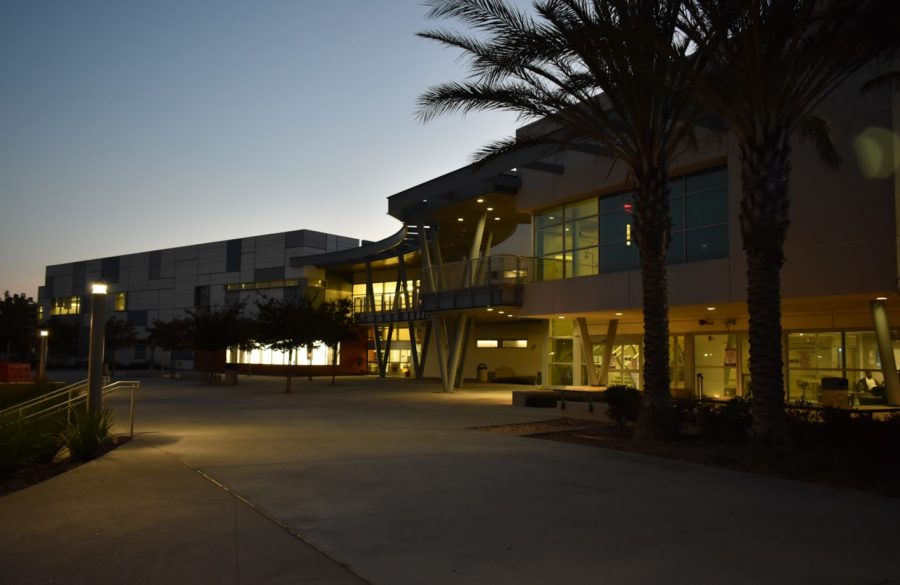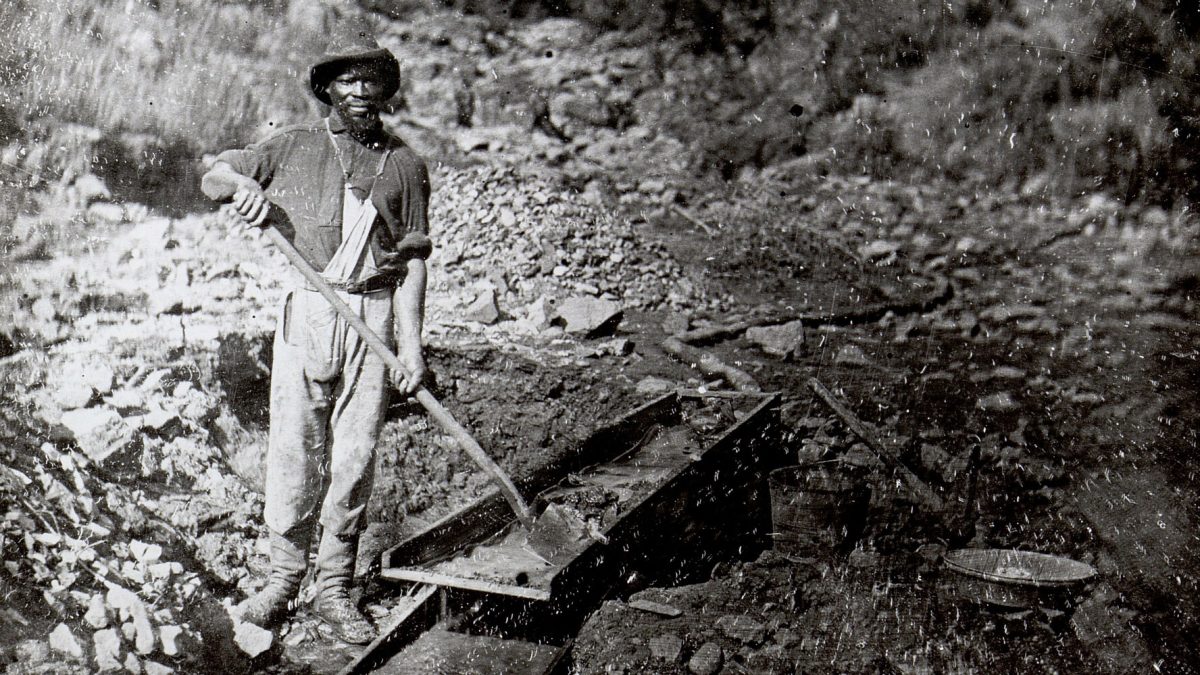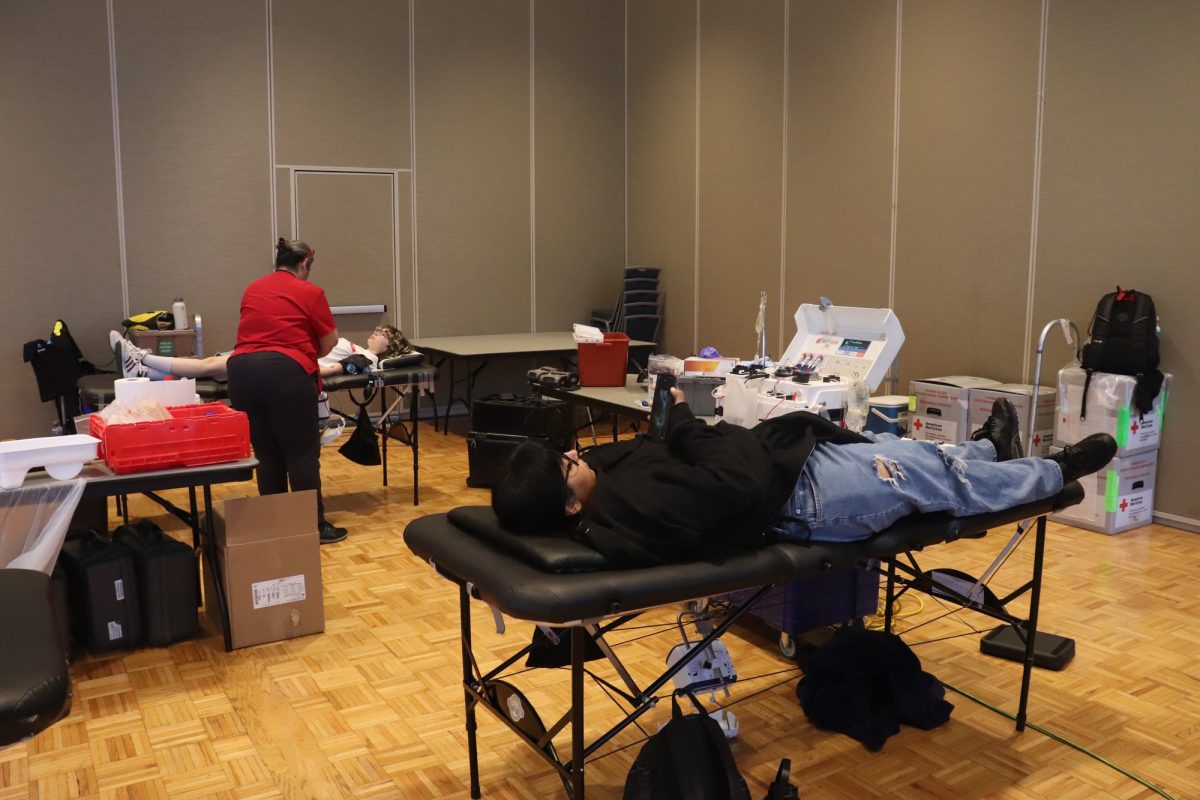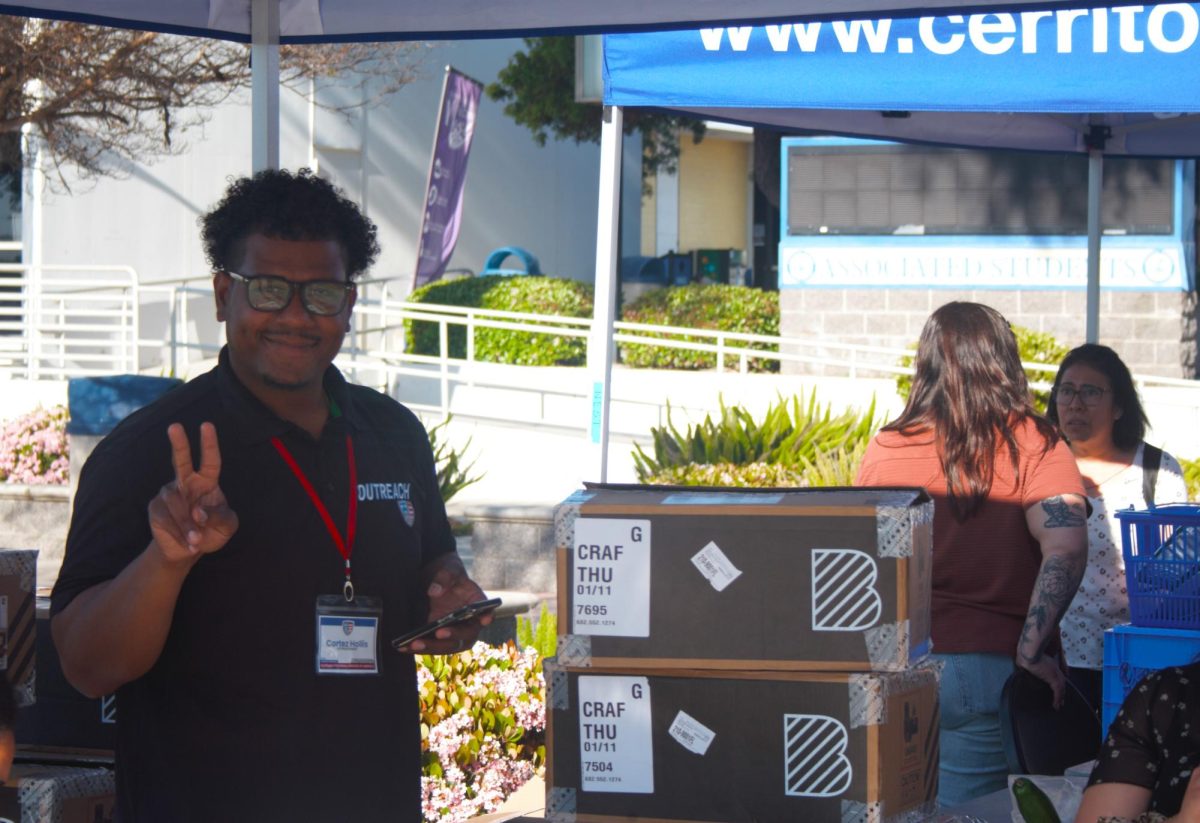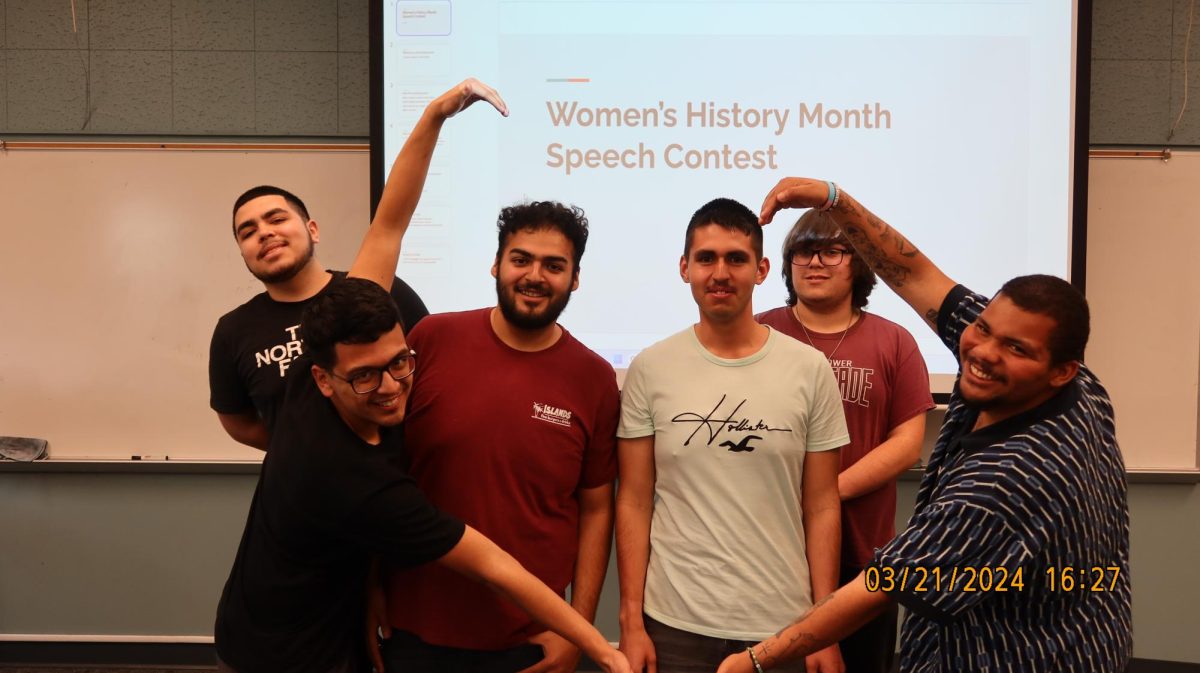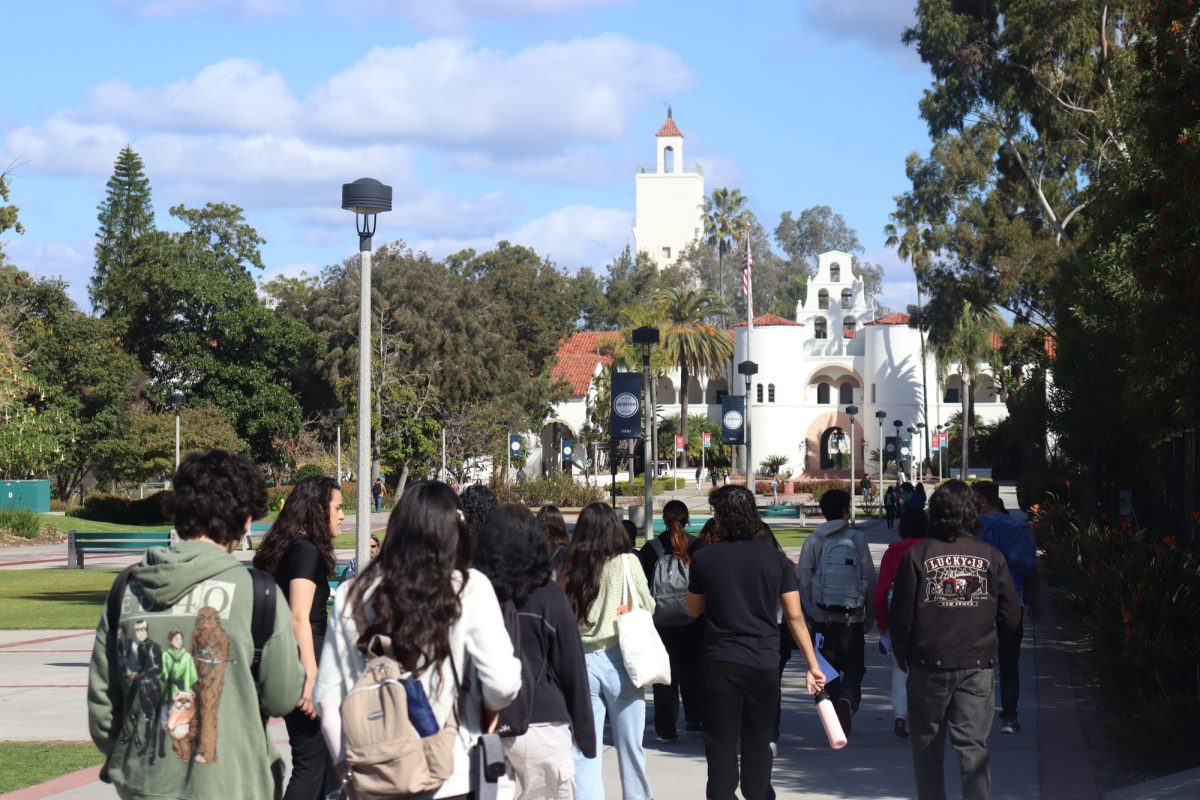Even though Cerritos College’s campus Wi-Fi has expanded since the beginning of the 2013 spring semester, woman’s studies major Irene Aceituno has had difficulty connecting to the internet.
“The Wi-Fi used to connect on my Kindle but then it stopped. Now, I usually use my phone as a hotspot,” Aceituno said.
In January, Cerritos College allocated $20,000 to upgrade and expand the Wi-Fi coverage to a larger part of the campus.
Cerritos College President Linda Lacy is enthusiastic about the upgrades to the school’s Wi-Fi.
Lacy said that one of the reasons the school decided to expand the Wi-Fi was that students were vocal about having better Wi-Fi.
“A group of students came to me and said there was a real concern (about Wi-Fi), because at the time they didn’t even have it in the student center or the library.
So (Cerritos College) started expanding it, because I thoroughly believe (the college) need(s) access. The faculty definitely believes that and the administration wants to support that to.”
According to Lee Krichmar, director of information technology, the expansion has been done strategically with the input of school managers and students.
“I think we hit the most important spots. When we brought up the new gym, we put up access points right away.
“We’re bringing new buildings online, for example the new liberal arts building. We’re already identifying Wi-Fi locations in them as the new buildings come up.”
One of the first areas upgraded was the library to better accommodate the students who use it to study.
The technology in the library was over five years old and was not able to provide the students with the signal they needed.
Before the upgrade the Wi-Fi was provided by 45 access points across campus.
Since then the school has actually added 105 more to reach a total of 150 access points.
The college is also trying to expand the Wi-Fi to allow students to get online even if they are not in a classroom or one of the other buildings.
To boost the signal further the school has installed antennas around campus in the busier areas.
The antennas emit two signals, a 2.4 ghz for older laptops, and a 5.8 ghz that is used by newer laptops.
The amphitheater behind the Burnight Center or “the Hill” has been equipped with two of these antennas to allow coverage to students who study there.
Another antenna has been placed near the Elbow Room and the dining area near the Social Sciences area.
Lacy is positive about the advantages that the Wi-Fi will give to students and believes that it is a part of moving in to the new generation.
“It’s valuable to our students because more and more of our students are … downloading text books on their iPad and they’re doing all kinds of things and research.
And I think the more we can provide access to our students makes (them) better, successful student(s).”
Lacy went on to say that all the new classrooms being built around campus will include wireless internet and that the goal is to have a completely wireless campus.
Even with the extra access points some students are having trouble connecting with their wireless devices.
Some students have had trouble finding a signal or have lost their connection when surfing the web.
Nursing major Juan Velasquez has also had trouble using the school’s Wi-Fi and has had to find alternatives to get online.
“It’s frustrating at times (trying to connect to Wi-Fi). My phone can be used as a hotspot and I use it when I can’t get Wi-Fi.”
Krichmar says that this can be caused by the large increase in the Wi-Fi’s use.
Just this last week the number of students in the library linking up to the internet reached up to 400, which is up from a little over a hundred last semester.
“I think the more people try to connect to it, it wouldn’t surprise me that people have difficulty if more and more people are trying.”
Krichmar has suggested that if a student needs a better signal they could find a spot where there are not as many students.
“Our library seems to get the greatest quantity of users during the hours of 11:00 – 1:00. Trying a different location with fewer concurrent users might help.”

